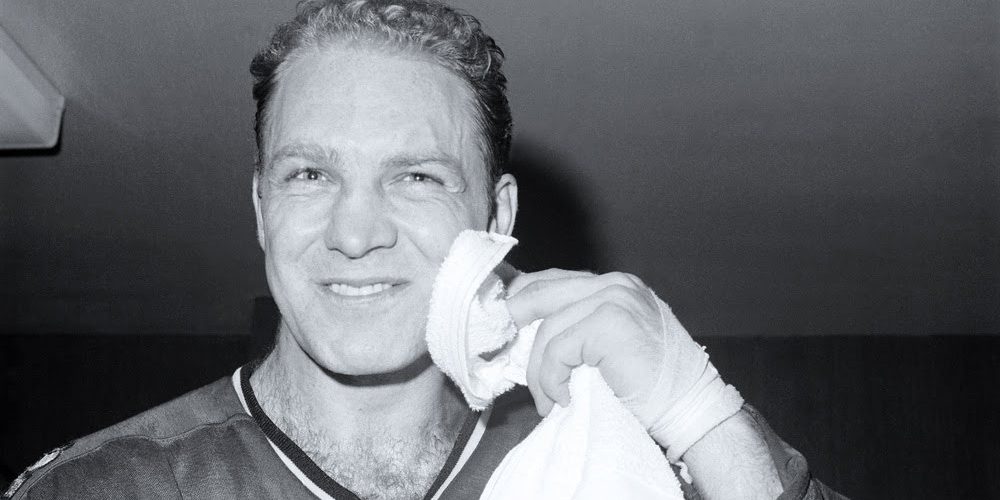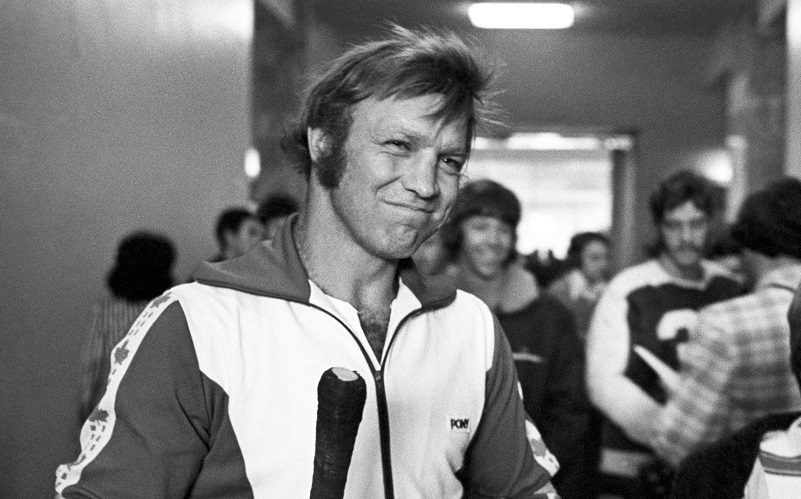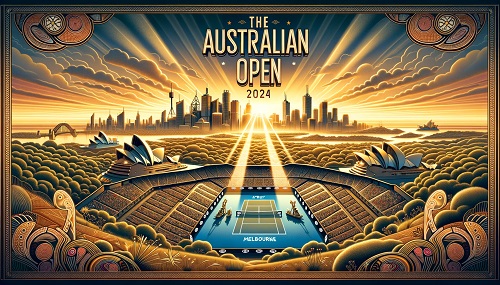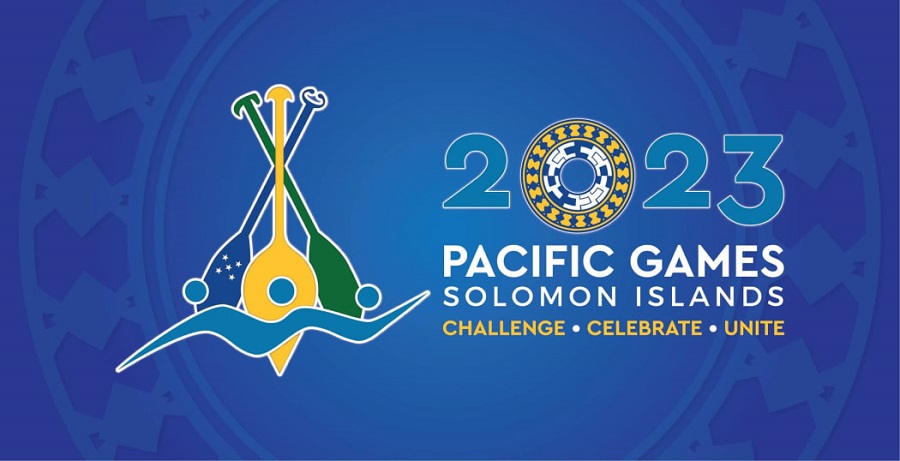
Bobby Hull: bending his own!
The top personalities in hockey have a defining characteristic. No one was more impressive than Maurice Richard, no defender could handle the puck like Bobby Orr, no one could foresee a game like Wayne Gretzky. And no one could throw the puck like Bobby Hull.
Mr. Hull – that’s power
Robert Marvin Hull was born on January 3, 1939 in Point Ann, Ontario. He died on January 30 at the age of 84, leaving behind one of the greatest legacies on the ice. He brought complete, despicable fear to professional hockey in a 23-year career that spanned 16 seasons in the National Hockey League and all seven campaigns of its rival, the World Hockey Association (1972-79).
Bobby Danger
Until the arrival of Mr. Hull in 1957, there was no place for fear in the game. Once upon a time, his mighty physique generated maximum speed and power, but his slashing shot was so powerful that the audience feared for the goalkeepers who had to face him, not to mention anyone else who could be in the line of fire.
Montreal Canadiens goaltender Jacques Plante introduced his mask to the NHL on November 1, 1959, two years after Mr. Hull’s high-profile debut. Coincidence? Of course not. Within a few years, other NHL goaltenders switched to face goggles, and the few who resisted were seasoned veterans who were uncomfortable adjusting to the new equipment.
One of those who made a particularly slow transition was Glenn Hall, Mr. Hull’s teammate with the Chicago Black Hawks. He’d been playing games without updated equipment for several years after disguising himself for practice where Mr. Hull nonchalantly «shooted»: at ice level, at glove level, at shoulder level, even higher.

Special Rivalry
Hull and his teammate Stan Mikita pioneered the curved stick, also known as the «banana blade» in its heyday due to its almost four centimeter curve. Not only could the banana blade move the puck faster, but it could do so in an unpredictable trajectory, sometimes dropping or swerving on its way to the target.
While Mikita was an excellent player in his own right, the only contemporary who was considered to rival Hull in the raw power of his shot was his teammate and brother Dennis. However, the opponents had to deal with Bobby not only with his blow.
Perhaps he was the fastest skater of the 60s, he had no more than a couple of peers, and he was the hardest to stop when he was gaining momentum. At 5ft 10in and weighing 195lbs, he had powerful shoulders and legs capable of knocking back any defender who didn’t use his full power and leverage against him. The opposing teams routinely assigned the right winger to «watch» Mr Hull, sometimes to the point of completely ignoring attacking duties.
In an era when minor league experience was taken for granted, long before expansions and drafts resulted in more 20-year-old stars, Hull made a direct jump from the St. Catharines junior tepees to the Black Hawks in 1957, when he was 18 years, and he never played in the lower professional hockey leagues. After two respectable seasons, he rose to prominence in 1959-60 with 39 goals and 81 points, and his first of three Art Ross Trophies as a scoring NHL champion.
Articulos populares
-
 La evolución de las apuestas deportiv...
La evolución de las apuestas deportiv...Las raíces de las apuestas deportivas se remontan a civilizaciones …
-
 Abierto de Australia 2024: análisis y...
Abierto de Australia 2024: análisis y...Mientras el mundo del tenis anticipa el Abierto de Australia …
-
 Predicciones para los Juegos del Pací...
Predicciones para los Juegos del Pací...A medida que se acercan los tan esperados Juegos del …
